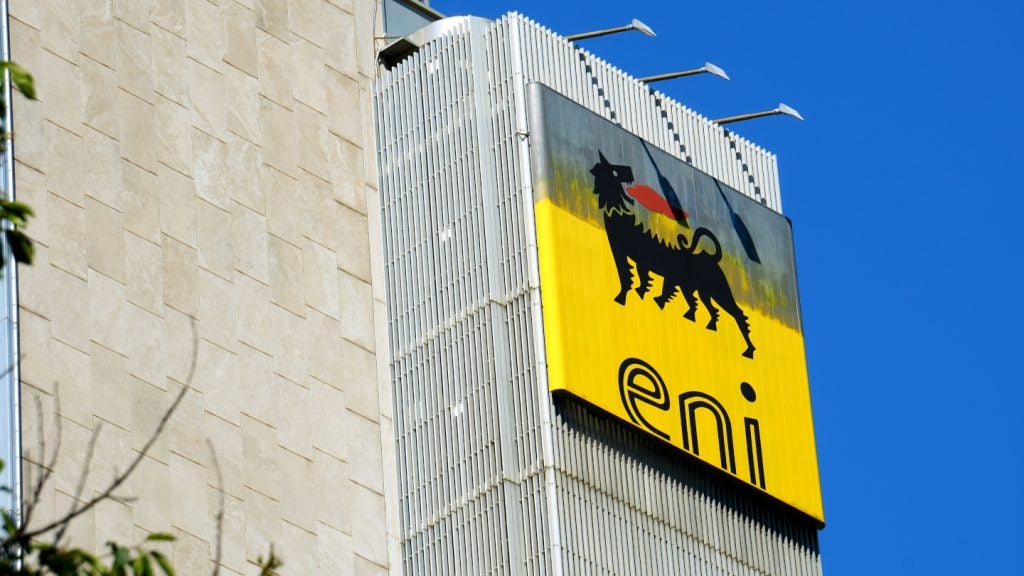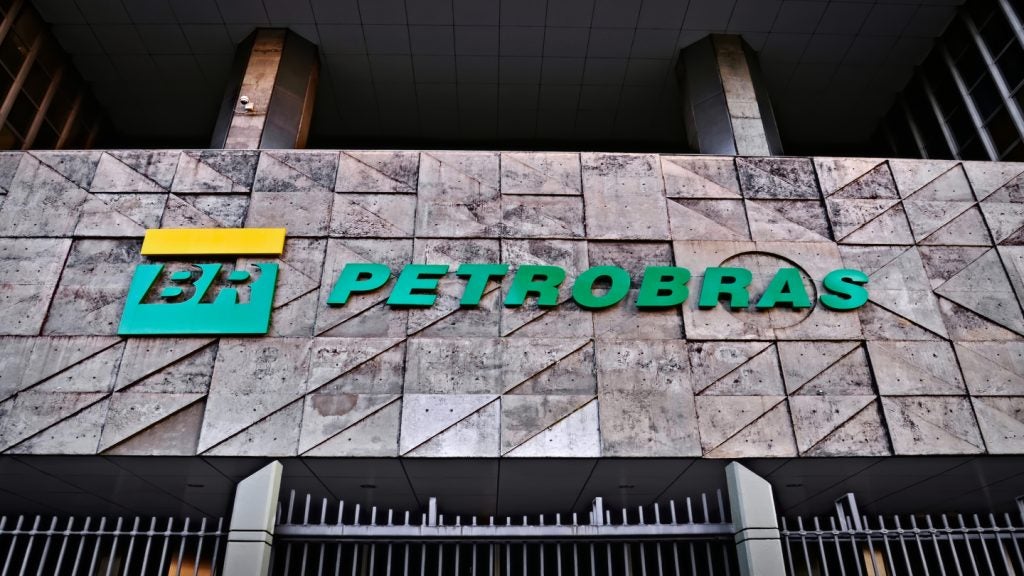
Oil prices have increased by 1% after a recovery in the Asian stock markets and expectations that the proposed supply cuts by OPEC members and other suppliers would stabilise the supply-demand balance.
Brent crude oil futures climbed 64 cents, or 1.1%, to touch $60.84 a barrel, while US West Texas Intermediate (WTI) crude futures jumped 41 cents, or 0.8%, to reach $52.06, Reuters reported.
Prices were also supported by Libyan crude export disruptions after tribesmen seized the El Sharara oilfield.
In an interview given to Reuters on 11 December, US President Donald Trump stated that Washington is in talks with China to resolve the trade war.
Despite the rise in prices and signs of a confident market yesterday, analysts warned of an economic slowdown.
The Economist Intelligence Unit (EIU) was quoted by the news agency as saying: “The global economy is set to cool in 2019-2020, as rising interest rates and inflation begin to limit consumption in major developed economies, and market uncertainty weakens the fundamentals in emerging markets.”
How well do you really know your competitors?
Access the most comprehensive Company Profiles on the market, powered by GlobalData. Save hours of research. Gain competitive edge.

Thank you!
Your download email will arrive shortly
Not ready to buy yet? Download a free sample
We are confident about the unique quality of our Company Profiles. However, we want you to make the most beneficial decision for your business, so we offer a free sample that you can download by submitting the below form
By GlobalDataPrices went up this week after OPEC and other non-OPEC producers, including Russia, agreed last week to reduce production as of next month by 1.2 million barrels per day (Mbpd).
ANZ Bank said: “OPEC production curbs will stabilise the market.”
However, some analysts warn that announced cuts may not have the desired effect on crude prices.
Energy consultancy FGE chairman Fereidun Fesharaki said that the OPEC-led supply cuts would likely be ‘insufficient to mop up the inventories in the targeted three-month period until the end of the first quarter of 2019’.
Meanwhile, growing production in the US is undermining the supply cuts. Crude output in the country has hit a record 11.7Mbpd.
According to the US Energy Information Administration (EIA), the country’s annualised average production is expected to be 10.88Mbpd for the full year.







